Welcome!
For Singapore Citizens & Permanent Residents
Don't have a Singpass account? Forgot your password? Click here
Don't have a Singpass account? Forgot your password? Click here
Published by: SkillsFuture Singapore
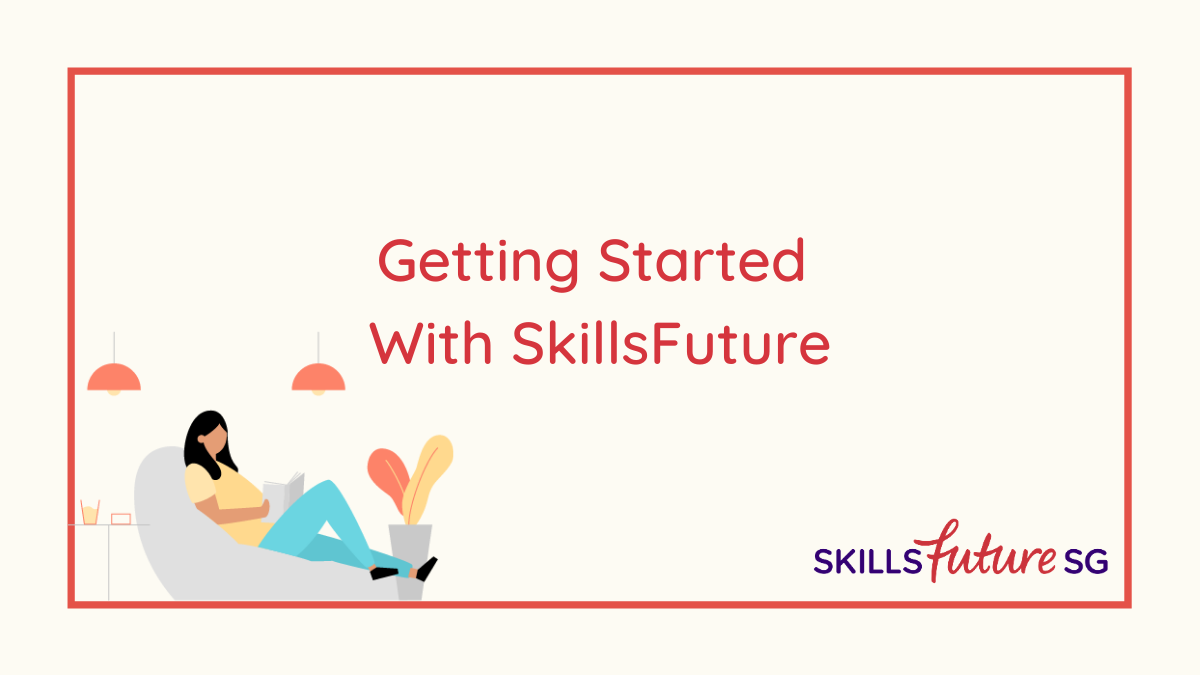
Congratulations on taking your first step towards upskilling! The fact that you’re reading this shows that you’re keen to learn more about improving your skill set.
With so many exciting initiatives and programmes to choose from, selecting the right one can be difficult. To aid you in your journey towards seizing new opportunities, read on for a step-by-step guide for your skills and career development.

Before you take a deep dive into an exciting journey of upskilling, it’s important to ask yourself some important questions.
Firstly, what do you aspire to do? Is there a cause that inspires you? Finding your purpose is a good way to narrow your learning path. It does not have to be specific like working in the Healthcare industry. Instead, it can be something as simple as working with your hands or doing something creative.
Setting both short and long term goals are also a good way to ensure that you stay motivated and on track. An example of a short term goal is to master a skill by a certain amount of time. While some goals can be hard to measure, it can also be something less quantifiable like finding more meaning in your work.
Don’t forget to pen your goals down on paper or type it out on a word document. Putting your thoughts into something tangible keeps you motivated and makes it easier to take steps towards achieving them.
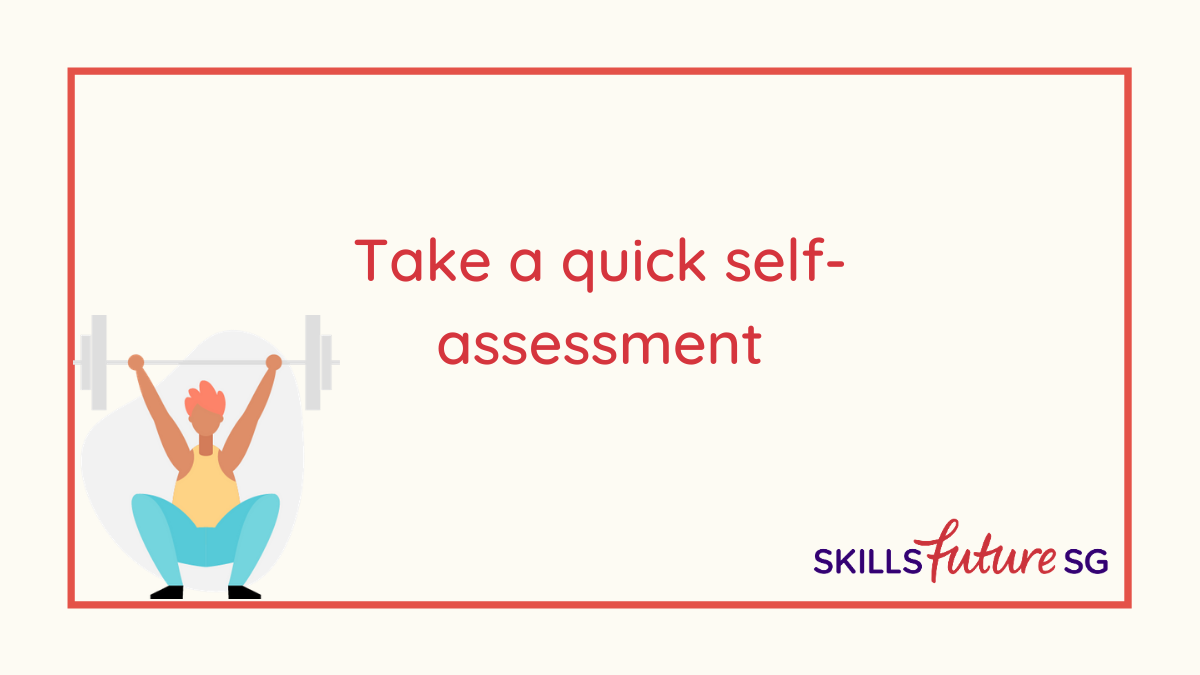
Next, it’s important to find your niche and perform a self-assessment. What are your strengths? What are your weaknesses? These questions will help narrow down your choices and zone in on what works best for you.
Taking the RIASEC test is a great way for those looking to find out more about their interests, values, personality and skills. This quick quiz takes around 15 minutes and consists of a series of questions to help you understand your inclinations towards certain types of tasks.
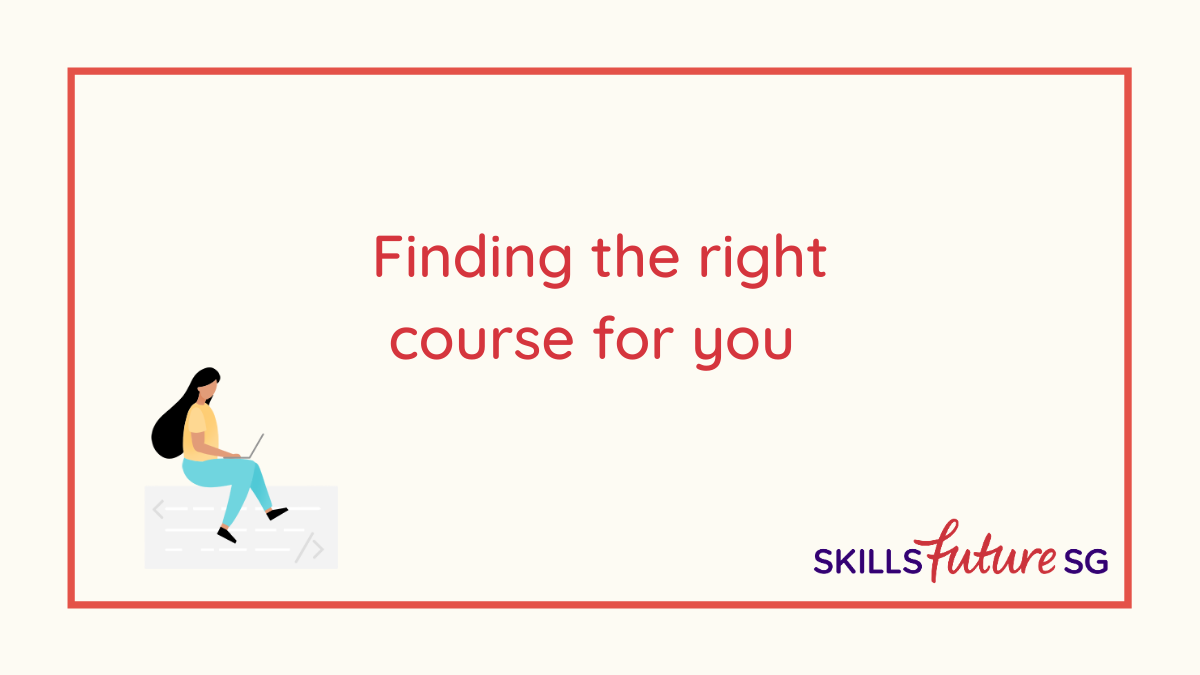
With so many SkillsFuture credit-eligible courses to choose from, it’s easy to get spoiled for choice. Luckily, the platform has plenty of intuitive features that can help you find the perfect course.
This includes comparing courses and checking out the ratings of courses by previous participants. Here’s a pro tip, if you’re looking for something specific - say digital marketing - simply put the two quotations (“) markers around your search query on the address bar to get better search results!
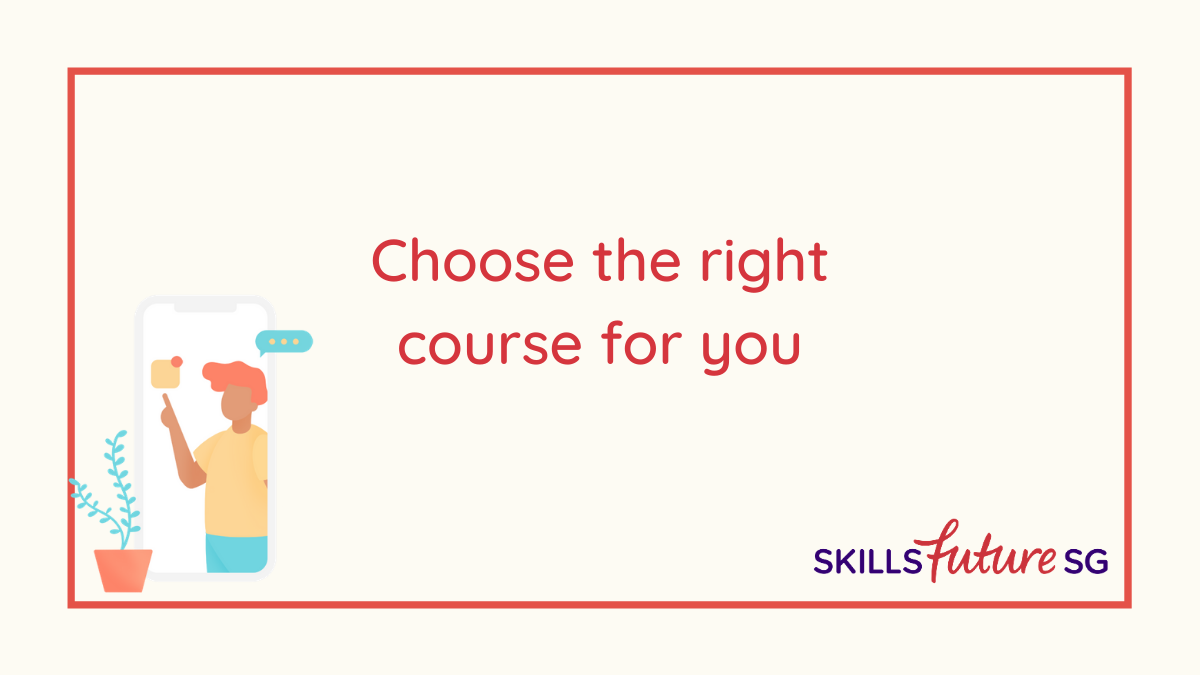
There are more than 28,000 SkillsFuture credit-eligible courses across different areas of training, sectors and even skill levels. These programmes comprise short courses that are conducted by accredited training providers. Want to pick up Adobe Photoshop to jazz up your pictures? There’s a course for that. Alternatively, if you’re looking to boost your communication at the workplace, there’s also a course for that.
If you’re still unsure of where to start, check out the SkillsFuture Series. This comprehensive listing features a curated selection of short, industry-relevant training programmes that focus on eight emerging areas,including digital media, data analytics and urban solutions, for basic, intermediate and advanced learners.
If you’re a mid-career jobseeker, consider signing up for the SkillsFuture Career Transition Programme. This full-time training programme features certifiable courses that are delivered by Continuing Education and Training (CET) Centres, including Institutes of Higher Learning such as local universities and polytechnics.
There’s no need to worry about costly fees because they have already been heavily subsidised.
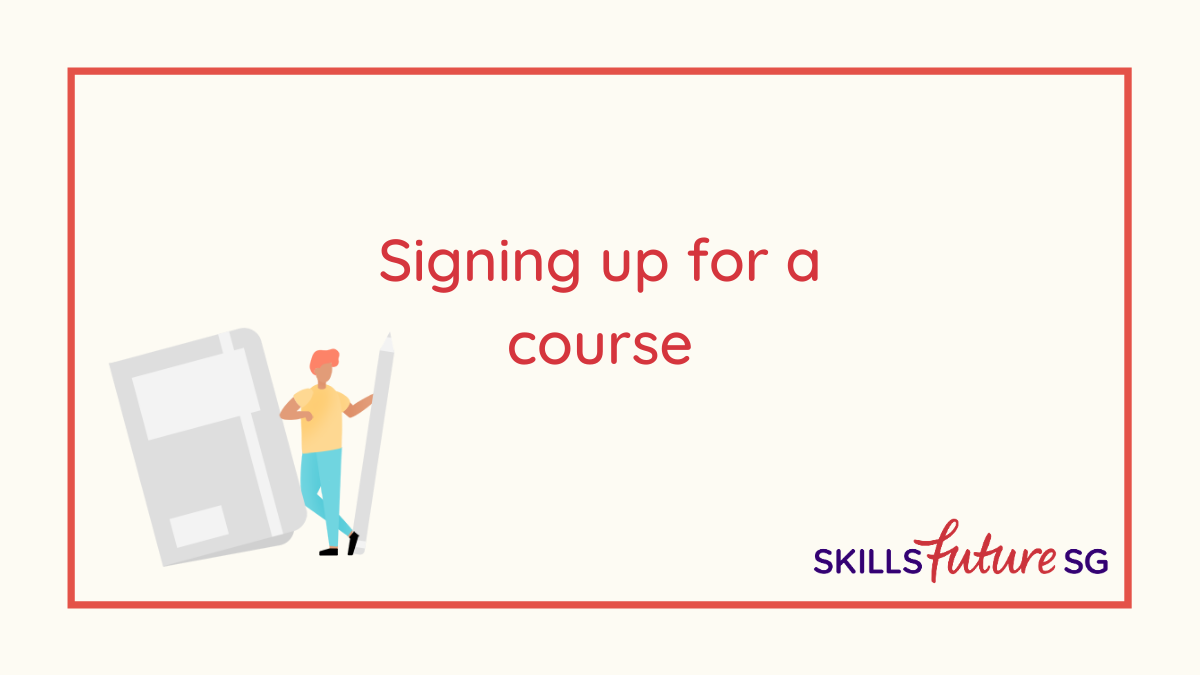
After shortlisting your desired courses, it’s a good idea to check if the training dates will clash with your schedule. Click on the “Read more from training partner website” link on the course page to learn more about the course dates and fees.
Once you’ve decided on the course, all you have to do is to register on the training provider’s website. After you have successfully signed up, you can submit a claim for SkillsFuture Credit by proceeding to submit a claim.
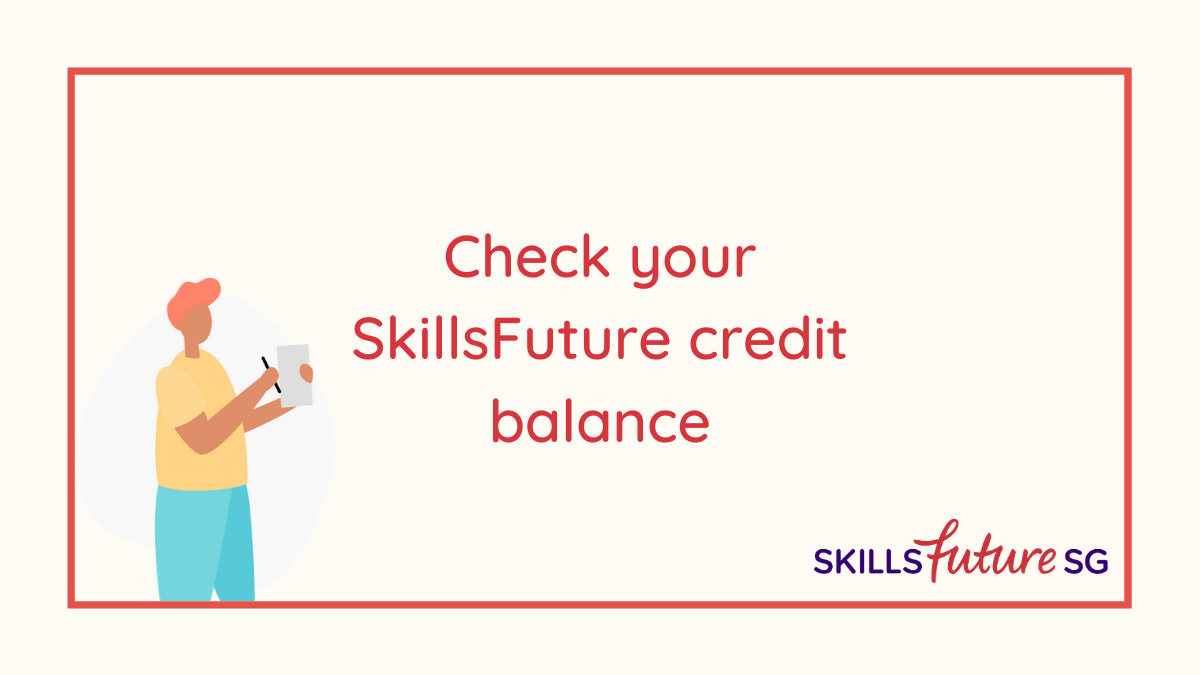
A one time top-up of $500 was given to all Singaporeans aged 25 and above in 2016. Subsequently, all Singaporeans who turn 25 will also receive $500 in their SkillsFuture account.
On 1 October 2020, all Singapore citizens aged 25 and above would have received another one-time top-up of $500 SkillsFuture credit. This means that you would have a total of $1,000 SkillsFuture credit if you’ve yet to use them.
If you were a Singaporean citizen aged between 40 to 60 in 2020, you’ll also receive an additional SkillsFuture Credit (Mid-Career Support) of $500 that can be claimable for SkillsFuture Career Transition Programmes.
Take note that both the $500 SkillsFuture Credit Top-up and $500 SkillsFuture Credit (Mid-Career Support) that were added in 2020 will expire on 31 Dec 2025.
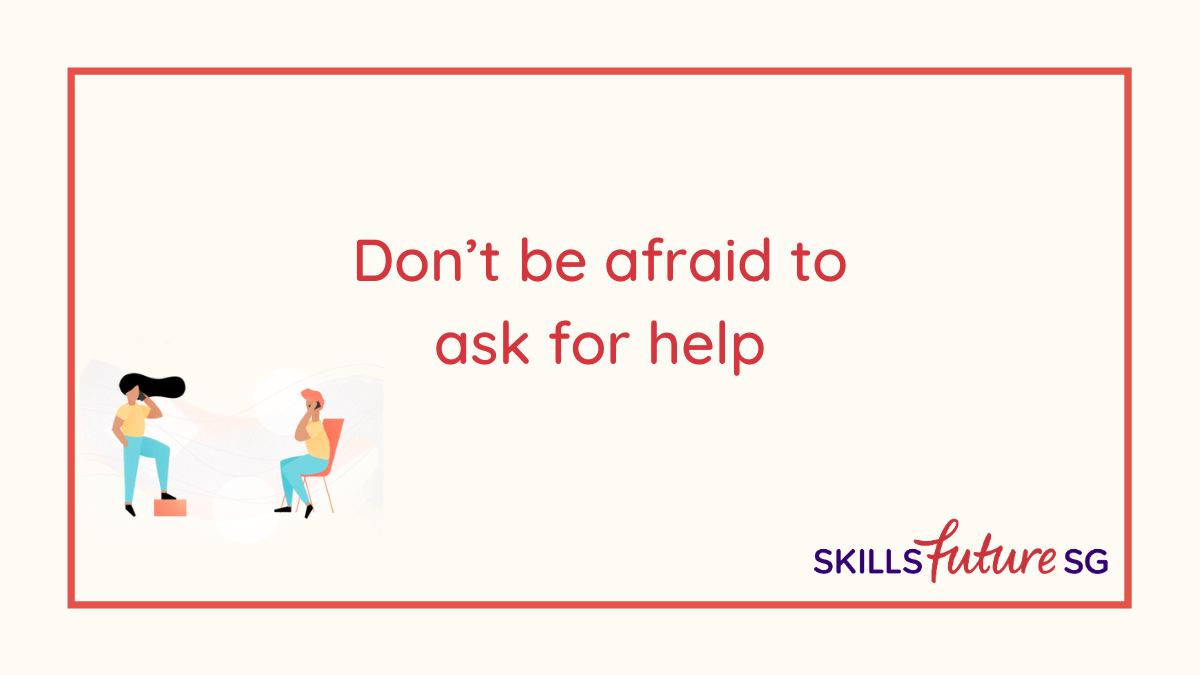
You’re not alone in your quest for skill and career development. If you ever feel like you need to speak with somebody, visit a Skills Ambassador for a 45-minute personal consultation on your skills and training needs. Book an appointment by completing a short questionnaire and a representative will get back to you in three working days.
Alternatively, if you’re looking for insights from HR professionals and industry veterans, head over to our webinars page for groundbreaking insights.
Now that you’ve learned more about how SkillsFuture initiatives can help you, there’s no stopping you in picking up a new skill and improving yourself. All the best!
For more on SkillsFuture Credit, check out this article.
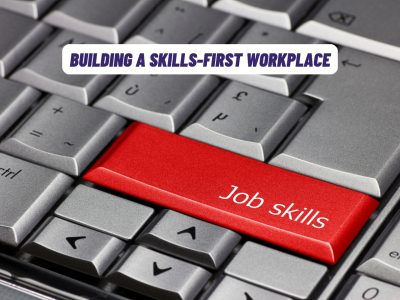
The March 2024 issue of SkillsFuture Jobs-Skills Insights puts the spotlight on embracing a skills-f...

Ready to Level Up? Find out what courses to take with your $4,000 SFC (Mid-Career) top-up in the Ski...

Expanded training support for Singaporeans aged 40 and above to continue skills upgrade and pursue s...

Provided to every Singapore Citizen aged 40 to 60 as of 31 December 2020, the Additional SkillsFutur...

Singaporeans can use their SkillsFuture Credit to pay for selected online learning subscription plan...

Product manager, Will Lin, shares his experience and career advice on how he transitioned into his c...

In the Skills Demand for the Future Economy (SDFE) 2023/24 report, you can find out about this and m...

The SkillsFuture Career Transition Programme (SCTP) supports mid-career individuals in acquiring ind...

Inclusive training not only empowers individuals with special needs but workplace culture, encouragi...

Scammers may send emails pretending to be from SkillsFuture Singapore (SSG) and ask for your persona...

Mid-careerists looking to convert into the tech industry can find useful tips on how to reskill or u...

Diploma-holder Azhar Yeo has progressed from an Engineering Officer at LTA to Engineer through his p...